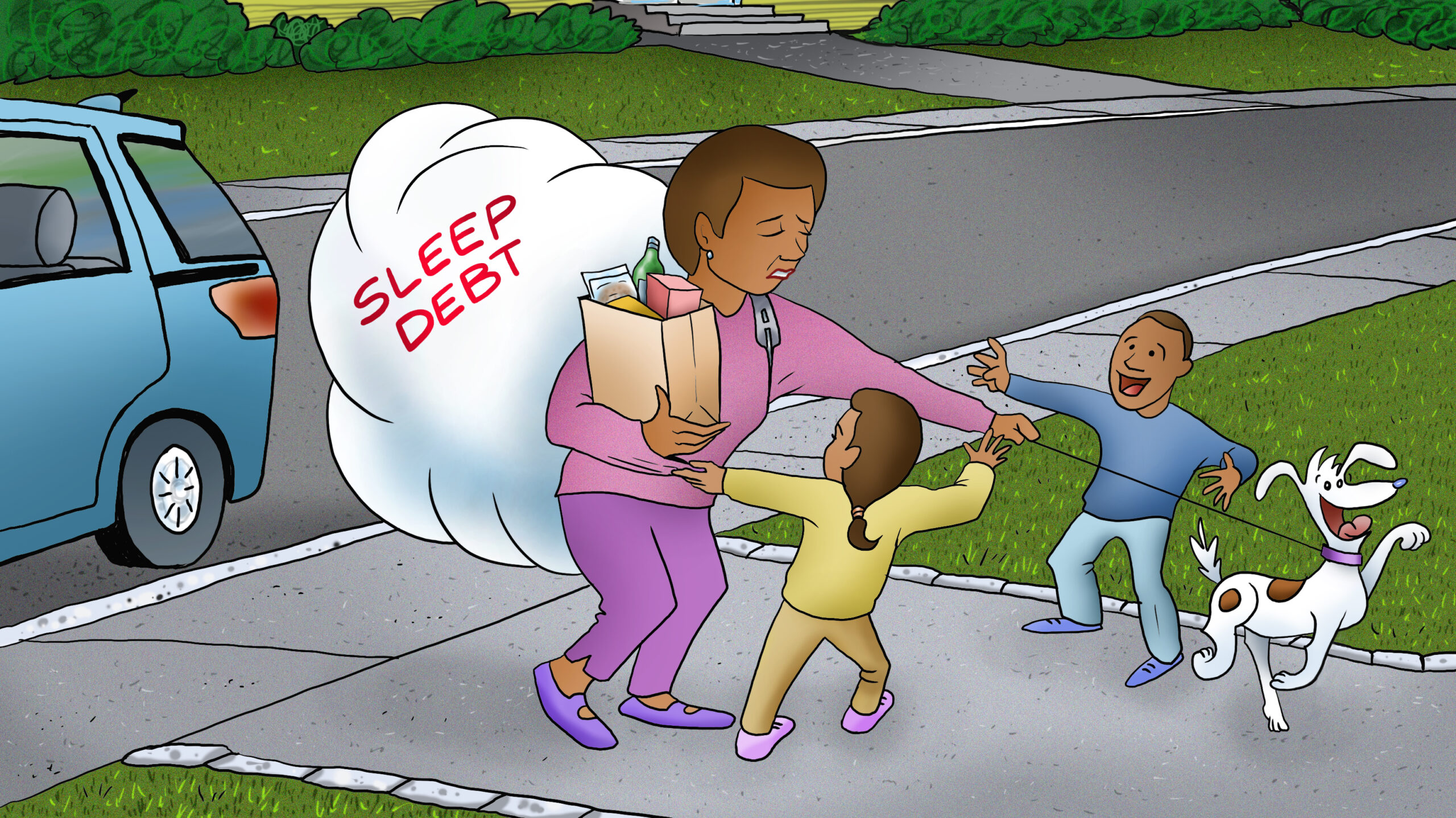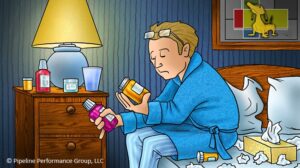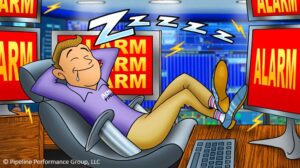The only means of reversing fatigue is with sleep. Sleep debt refers to the mismatch of sleep you need, versus the amount of sleep you get. Most somnologists, sleep doctors, recommend getting between 7 and 9 hours of sleep within each 24-hour cycle. This recommendation is based on years of scientific research.
Randy Gardner was a 17-year-old high school student when he conducted an experiment for the school science fair in his new hometown of San Diego, CA. The year was 1964. He wanted to do something big that would get enough attention to ensure a first prize win.
Randy remembered watching NYC radio disc jockey, Peter Tripp, sit in a glass studio while broadcasting the hits from a new genre of music called rock-n-roll. Peter planned to use a publicity stunt to raise money for charity. He announced he would stay awake for eight days in a row, breaking the record for wakefulness at that time. It was promoted as a “Wake-a-thon” to raise money for the March of Dimes. A team of researchers and medical professionals monitored him as he began to experience the effects of sleeplessness. When Peter launched his outrageous plan in 1959, not much was known about the long-term effects of sleep debt.
After the first few days of sleep deprivation, Peter became agitated and verbally abusive to his colleagues and to the medical personnel. Within five days he began to hallucinate, which caused him to feel paranoid and behave irrationally. Simple tasks became difficult, even impossible. By the end of the eight days, the hallucinations had intensified. He completed the eight-day stunt, but the people around him reported that he was a changed man. His wife eventually divorced him. He lost his job as a disc jockey. Friends said he was not the same jovial person he had been before the “Wake-a-thon”. I wonder how much money was raised for the March of Dimes organization?
When Randy Gardner decided to break Peter Tripp’s record and stay awake for eleven days, a total of 264 hours, he couldn’t have known the long-term effects of sleep debt that Peter had begun to experience.
Like air and water, we cannot survive without sleep. When we fight sleep, we fight against our very own human physiological makeup! Adenosine is a chemical that exists in all the cells of our body. It gradually builds up in the brain over the course of our waking hours increasing drowsiness. Caffeinated beverages can inhibit the effects of adenosine buildup, but only temporarily. When adenosine builds to the point of causing sleep, the brain goes through an active process of moving through various stages of sleep. During this process, adenosine is metabolized and the brain is refreshed. Sleep – wake homeostasis is achieved. Randy and Peter both met their goals of staying awake with the help of others who prodded them when sleep pressure began to overtake them. Randy won first prize in the science fair and achieved a place in the Guinness Book of World Records. Like Peter, he has suffered ill effects to his health and well-being. Insomnia plagues him. Guinness has since removed sleep deprivation as a category they acknowledge due to the associated serious health consequences.
MANAGING FATIGUE EDUCATIONAL PROGRAM | Scarlet Knight © 2022 Please Distribute to Others.




